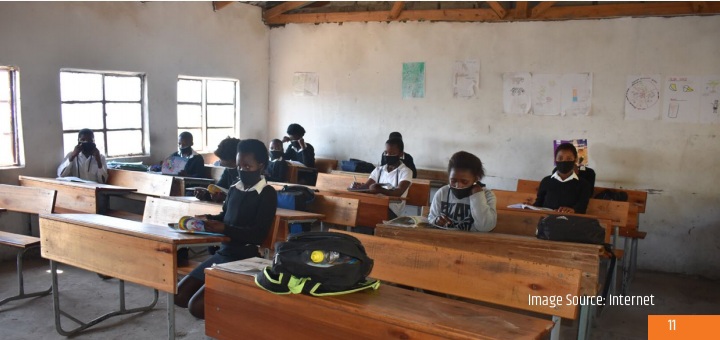According to the Ministry of Primary and Secondary Education, the purpose of the new curriculum is to ‘establish s0me strong scientific, mathematical and technologically oriented learners to meet moral, national identity, pride, civic obligations, and value country heritage.’ Still, the requirements and the research needed have seen it not achieving its intended goals, teachers struggling, parents helpless and students dropping out of school. Implementing the new curriculum is failing teachers and students in rural schools.
Rural school dropouts were driven by the inability to pay school and exam fees as the parents are economically vulnerable, long-distance walked by students to school, pregnancy in girls, and the effects of HIV and AIDS. Now, we are adding the impact of the new curriculum. Students are having a difficult time at school and doing their homework.
The new curriculum was pitched when the teachers were unprepared for it. I think there is a need for further training of terachers for continuous professional growth concerning the new curriculum. However, it does not guarantee its success as it has to be community-orientated and all-inclusive, meaning students and parents must also be included for its success and improved education.
The new curriculum fails to suit the living standard of a stricken Zimbabwean populace. It’s unrealistic to ask rural parents (struggling to pay a $15 school levy0 to purchase a laptop worth $400 for a child to bring to school. Rural lifestyle (poverty) cannot match the new curriculum. The slow network and lack of data have left students giving up on their schoolwork, which demands a lot of work. Inadequate resources, i.e timely textbooks, ICT gadgets, and Science laboratory equipment negatively affect education quality delivery and the implementation of the new curriculum.
The new curriculum is only implementable at infrastucture-capacitated schools because it is impossible to adhere to at most rural schools that still lack decent classrooms, furniture and books, not to mention electricity and internet connectivity.

